Harry and Caresse Crosby, the Lost Generation’s Golden Expatriate Couple
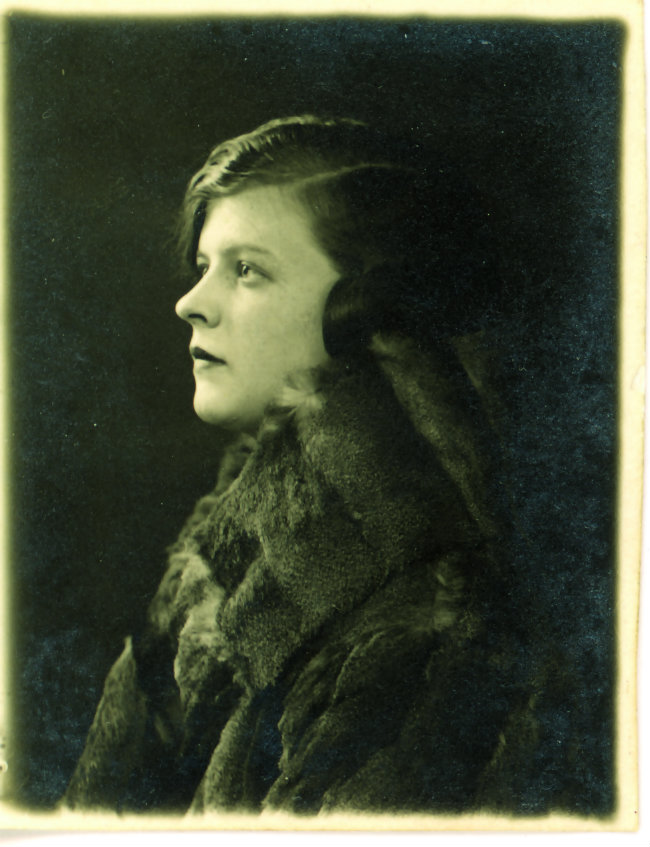
They published some of the greatest literary giants of 1920s Paris, held riotous parties, smoked opium and flouted just about every convention of society during the eight years of their open marriage. They travelled to North Africa and Egypt on holiday before it was fashionable and were obsessed with ancient rites and rituals.
They pored over Rimbaud, Huysmans, Poe, Mallarmé, Baudelaire; adorned themselves with strange tattoos; wrote volumes of mystical poetry and consorted with the likes of Hemingway, Joyce, DH Lawrence, Dalí and Max Ernst. In short, they made the decadent 1920s roar. Some may have considered them to be nothing more than extravagant expatriate dilettantes, but their lush life was nonetheless consumed by a feverish quest for beauty.
Harry and Caresse Crosby were a glamorous, wealthy and well-connected couple enmeshed in the fabric of Paris’s avant-garde explosion; yet they are all but forgotten today. What emerges from the literature of those who knew them is that the flamboyant Crosbys were trailblazers, who had an enormous impact on both friends and strangers.
Born in Boston, Harry was Harvard-educated and the nephew of the banker JP Morgan, with a rebellious streak that got him into trouble early on. He had already been to France, having served as an ambulance driver there during the First World War, and longed to return, feeling suffocated by Puritanical New England. He deplored “dreary, drearier, dreariest Boston” and all that went with it: the “Boston virgins who are brought up among sexless surroundings, who wear canvas drawers and flat-heeled shoes”.
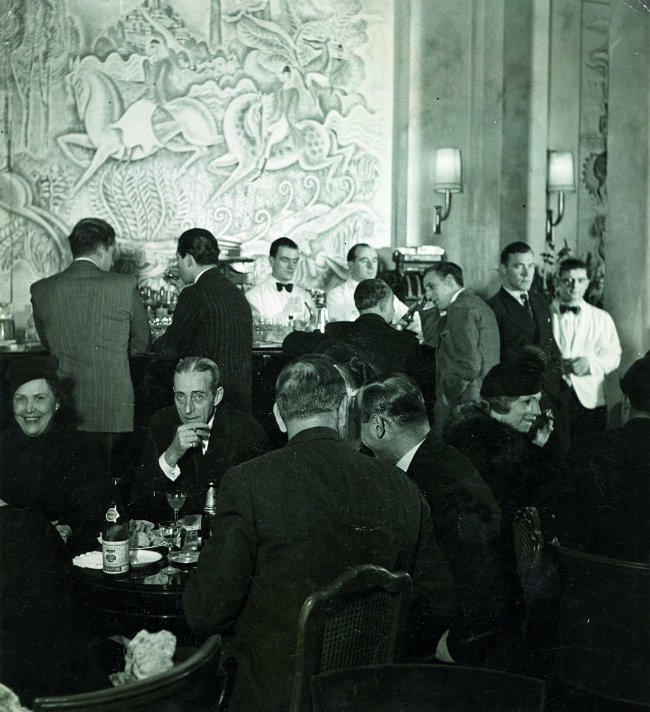
Bar Cambon at the Ritz. Photo: Roger Schall
TUNNEL OF LOVE
Caresse (née Mary Phelps Jacob, but called Polly by her family), was a descendant of the first Pilgrims; her great-great-great-great-grandfather, Robert Fulton, invented the steamboat and she seemed to have inherited his spirit. In her debutante days, Polly was famed for having devised a form of the strapless brassiere, a patented design which she later sold for $1,500 to the Warner Brothers Corset Company of Connecticut – who reportedly made millions of dollars from it over the next three decades.
Pale, blond and thin, Harry had enormous charisma, and could usually be seen dressed in black suits, with a black flower adorning his buttonhole. In her 1953 memoir, The Passionate Years, Caresse described him as “the most vivid personality that I have ever known, electric with rebellion”, and also, poignantly, as “a sun worshipper in love with death”.
Harry met Polly in Boston at an Independence Day beach party in 1920. Hours later, he declared his love for her in the Tunnel of Love ride at an amusement park. Polly Peabody was 28, already married and the mother of two young children. Harry, who was 22, wooed her relentlessly, until a divorce was granted from Richard Peabody, her WWI veteran alcoholic husband. Their adulterous affair scandalised the tongue-wagging upper crust; they needed to effect an escape from Boston, to somewhere they could be free spirits.
So, in 1922, Harry set sail for Paris, where his uncle had given him a job at the Morgan bank – though Crosby’s trust fund would also provide him with a further $12,000 a year (roughly $150,000 in today’s money). Polly, with her children, Polleen and Billy, in tow, joined Harry shortly afterwards.
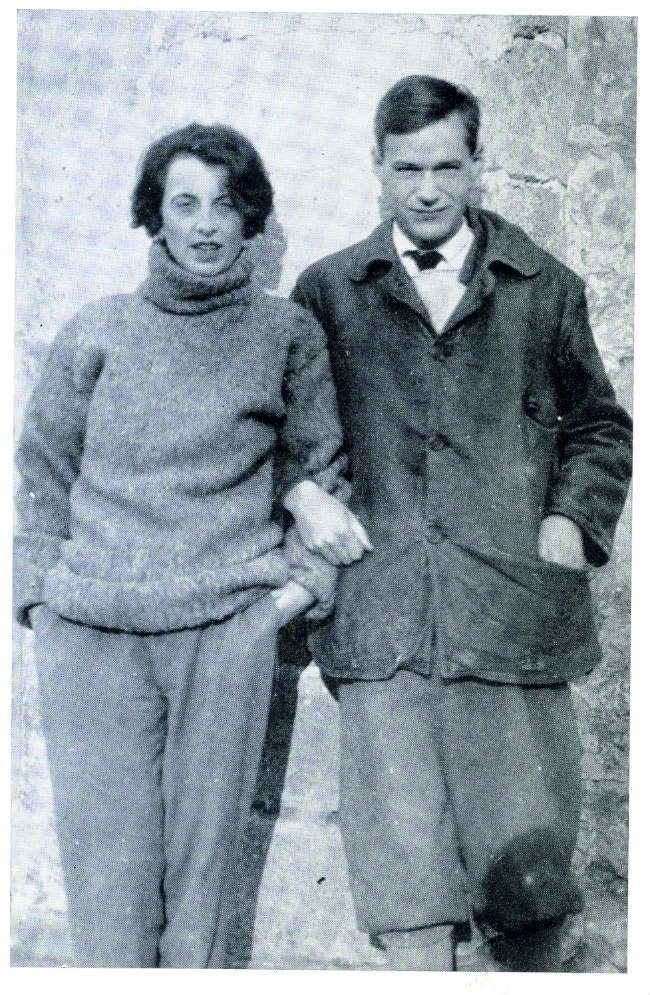
Kay Boyle with Harry Crosby. Photo: © COLLECTION RITZ, SOUTHERN ILLINOIS UNIVERSITY
Harry had little patience for Caresse’s children, although he later treated Polleen as his confidante when she was barely 16. In Geoffrey Wolff’s fascinating biography of the Crosbys, Black Sun (Vintage Books, 1976), Polleen is interviewed about some of her early memories. One time, Harry came into her bedroom and asked why she had removed her shoes. The little girl told her stepfather that she’d been instructed not make any noise that would disturb Harry. Crosby told her to put her shoes back on and they rushed off to the Ritz in a taxi. “I was given a glass of champagne and taken back absolutely blotto. I was about six. That was the beginning of our friendship. He looked like a god. He didn’t look like anybody on the street or in restaurants or anywhere. He was just different.”
The Crosbys created a mystique with their theatrical, champagne-soaked lifestyle – and Paris took notice.
It was Harry who declared that Polly needed a new name – and that it should be one of his choosing. Clytoris, one of his earlier suggestions, was thankfully rejected out of hand – though it did go on to become the name of the family’s second whippet. (Their first, called Narcisse Noir, had gone everywhere with them, usually adorned with necklaces and gold-painted lacquered toenails). “Caresse” suited them perfectly, as it also formed an amalgam of their names in the shape of a cross, which they printed in their first books.
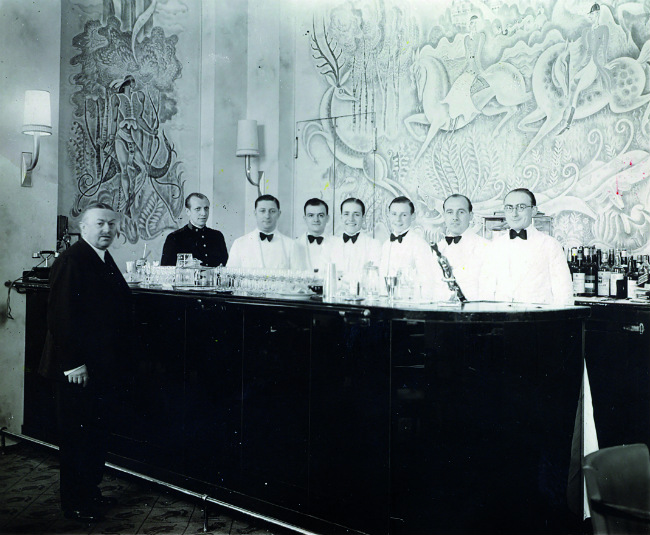
Cambon bar at the Ritz. Photo: Ritz Collection
The Crosbys lived a number of arrondissements, beginning in 1923 with a “romantic balcony apartment” on Île Saint-Louis, where “the lacy towers of Notre-Dame were framed between the curtains of our bedroom window”. She also evokes the early morning outing. Garbed in a bathing suit, Caresse would row Harry down the Seine in their little red boat to drop him off at place de la Concorde, where he would walk to work at the Morgan bank, a job he soon quit for loftier pursuits.
Another of the Crosbys’ residences was on the rue du Faubourg Saint-Honoré, in the lavish apartment of Princess Marthe Bibesco, a friend of Harry’s cousin, Walter Berry. Here they inherited the Princess’s staff– a driver, cook, governess and two maids. And it was here that they held raucous dinners for Parisian art students on the evening before the Bal des Quat’z’Arts (Four Arts Ball), which was a bacchanal masquerade celebration held in June that raged until dawn. At the first of these, Harry returned home drunk and naked in a taxi, having somehow “lost” his Roman toga, underwear and money.
In October 1925, the Crosbys moved to 19 rue de Lille, an elegant townhouse with a ‘Sicilian’ dining room and an 8,000-volume library that spanned the entire third floor, inherited from his relative, Walter Berry, a noted man of letters.
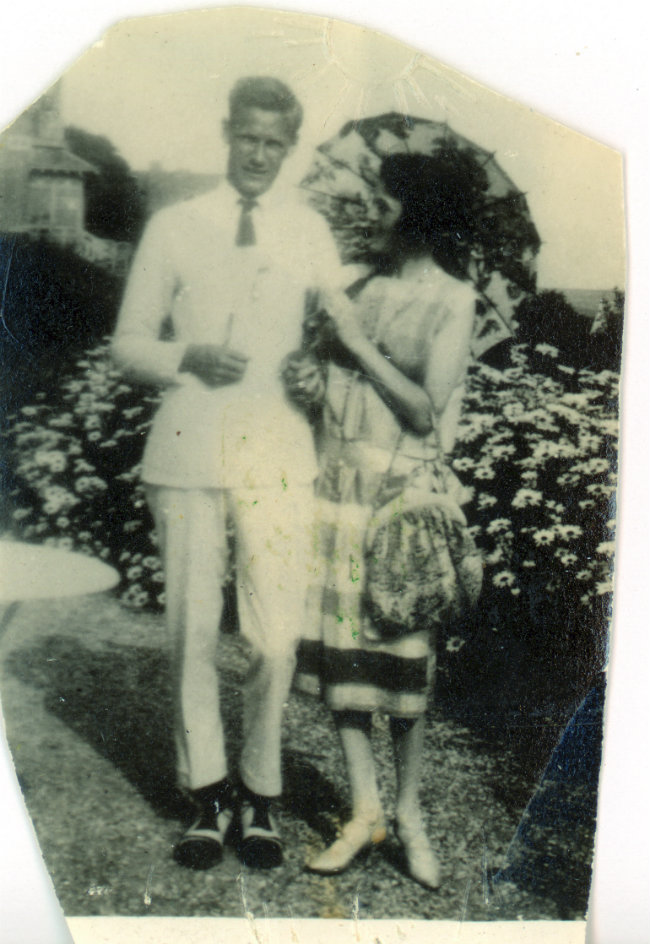
Harry and Caresse on holiday in Étretat: Photo: © COLLECTION RITZ, SOUTHERN ILLINOIS UNIVERSITY
In The Passionate Years, Caresse chronicles their daily routines in great detail. “Harry loved bed. In the rue de Lille, he liked to write in bed, eat in bed, to entertain in bed.” Every evening, they would receive guests and set up small tables near the bed, where dinner was served. At the stroke of eight, they would change into extravagant, embroidered dressing gowns. After caviar and champagne, the guests were invited to bathe in the giant sunken marble bathtub of their black and white Art Deco bathroom, which was decked out with a bearskin rug and replace. Afterwards, they were anointed with exotic oils and given robes.
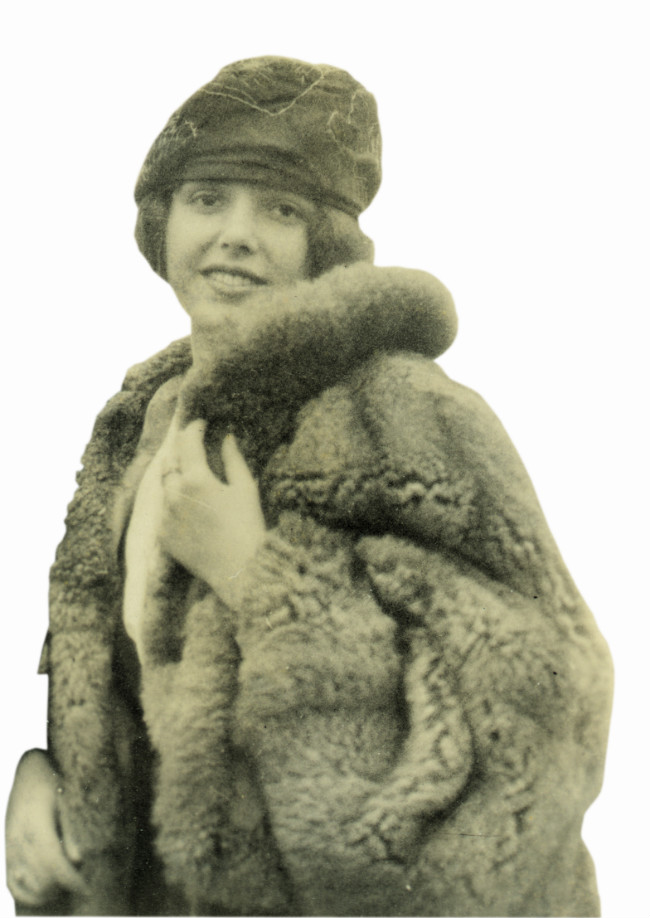
Caresse Crosby. Photo: © COLLECTION RITZ, SOUTHERN ILLINOIS UNIVERSITY
LUXURIOUS BOOKS
The Black Sun Press was set up on the rue Cardinale in 1927, on the top floor of a small, disorderly shop where master printer Roger Lescaret produced the Crosbys’ luxurious books. Made with the nest leather, handmade paper and binding, Black Sun books were often small, limited deluxe editions. It was a small publishing house but there were exquisite editions by controversial modernist writers, and the Crosbys commissioned some of the most outstanding artists and photographers of their day.
Initially, they published Caresse’s first poetry collection, Crosses of Gold, and Harry’s Sonnets for Caresse. There were also early extracts from what would later become Joyce’s Finnegans Wake, turned into a beautiful book called Tales of Shem and Shaun. Harry had discovered DH Lawrence with the story Ladybird (“The best short story I have ever read”) and published Lawrence’s Sun. Having an aversion to “filthy, germ-ridden paper bills”, he paid Lawrence in gold coins. Caresse called upon Picasso to draw Joyce’s portrait for the frontispiece, but he refused, so the Romanian modernist Constantin Brancusi was commissioned to do the work instead.
Max Ernst, the surrealist painter and a close friend of Caresse, provided drawings for her books; Harry developed an interest in photography, and during this period met Henri Cartier-Bresson, who shared Harry’s love of flying planes.
In her memoir Shakespeare & Company, Sylvia Beach writes: “The Crosbys were among the most charming people I ever knew. They were connoisseurs of fine books, but better still, of fine writing.” She describes how Harry “used to dart in and out of my bookshop, dive into the bookshelves like a hummingbird extracting honey from a blossom, or hover a minute around my table to talk”.
But Harry and Caresse soon decided that they were ready for a rest from the chaos of city life. In July 1928, the Crosbys leased an old mill called Le Moulin du Soleil on the wooded estate of the Count de la Rochefoucauld, some sixty kilometres north of Paris. They built a swimming pool and had a menagerie that included donkeys, a ferret, a cheetah, exotic birds, ducks and a python. There was a ten-bedroom hayloft and a dining room in the stable filled with stuffed parrots and tiger skins. A white wall on the stairwell served as a guestbook for the constant stream of visitors, which included Dalí and Ernst, the Huxleys, the Lawrences, Hart Crane, Douglas Fairbanks and Mary Pickford. The quiet country life they had planned turned out to be sheer bedlam: to the avant-garde, this was where things were happening.
In her book on 1920s literary Paris, Being Geniuses Together, author Kay Boyle described an uproarious evening at the mill, noting that “Harry had the look of a bolting horse in his eye.” Her companion, Robert McAlmon, disgusted by the excess around him, turned down Harry’s drug-infused concoction meant to catapult guests into a poetic delirium.
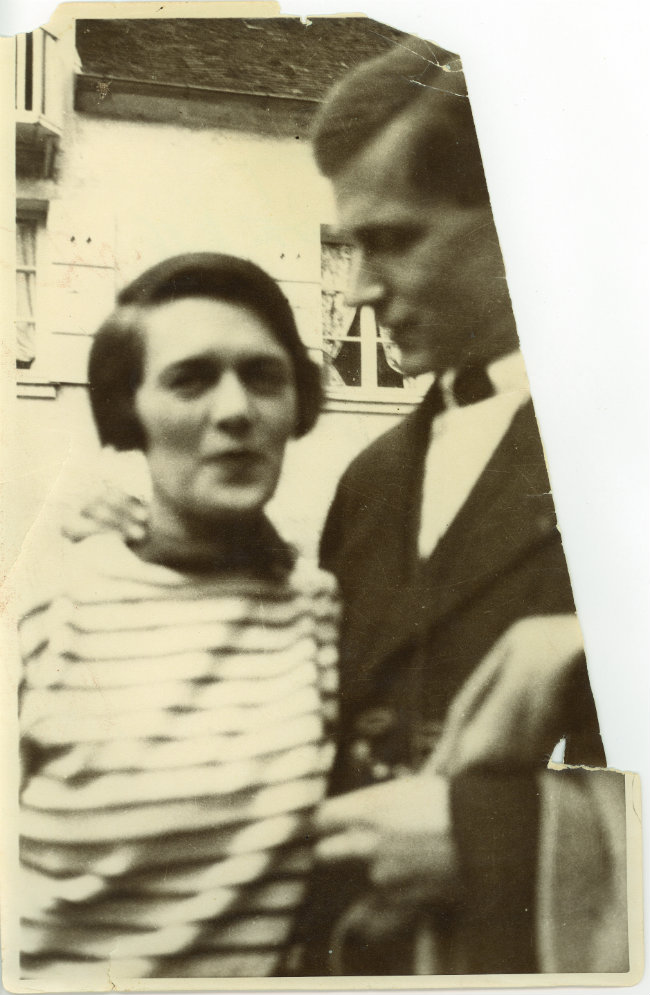
The couple at the Moulin du Soleil. Photo: © COLLECTION RITZ, SOUTHERN ILLINOIS UNIVERSITY
But despite what Boyle calls Harry’s “fanatical purity of spirit”, Crosby had begun to feel jaded and out of thrills. In July 1929, drunk on sherry cobblers, he sent his parents a telegram: “Please sell $10,000 worth of stock. We have decided to lead a mad and extravagant life.” Five months later, he would be dead, at the tender age of just 31. In October of that year, the New York stock market crashed. On December 10, Harry was expected for tea at the Madison Avenue house of his uncle, JP Morgan Jr, but failed to show up. Several blocks away, in an apartment overlooking Central Park, Harry had mysteriously shot himself in an apparent suicide pact with one of his mistresses, the wild, 20-year-old, Boston-born “Fire Princess”, Josephine Rotch Bigelow. They were wrapped in each other’s arms in bed, fully clothed. He held a gun in his right hand. For all Harry’s prolific outpourings, there was no suicide note. The Crosbys’ heyday was over.
Caresse stayed in France until the mid-1930s, founding the Crosby Continental Editions paperback company and publishing Hemingway, Faulkner, and Dorothy Parker. She also befriended Henry Miller and Anaïs Nin, whom she taught to write erotica.
Harry’s “heart was open like a door, so open that there was a crowd getting into it. And with his mind it was the same way,” recalls his friend Kay Boyle. “But he made his life a testament of stern and uncompromising beauty.”
From France Today magazine
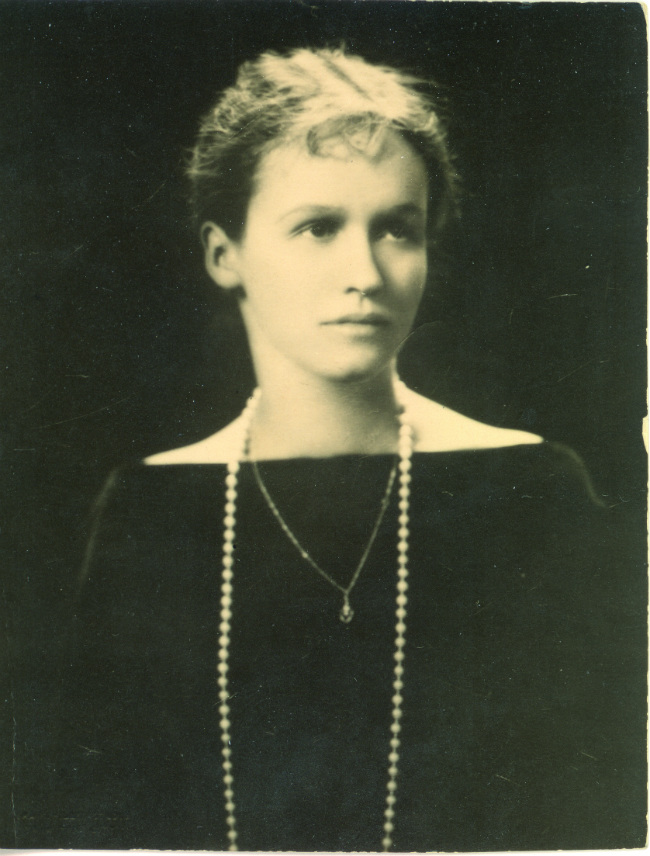
Josephine Rotch Bigelow, the “Fire Princess” with whom Crosby made a suicide pact. Photo: SOUTHERN ILLINOIS UNIVERSITY
Share to: Facebook Twitter LinkedIn Email
Leave a reply
Your email address will not be published. Required fields are marked *




REPLY
REPLY
REPLY
REPLY
REPLY
REPLY